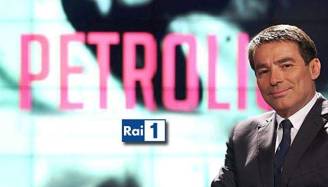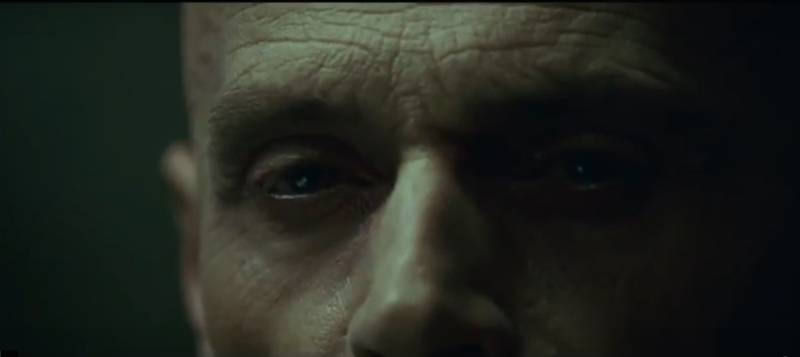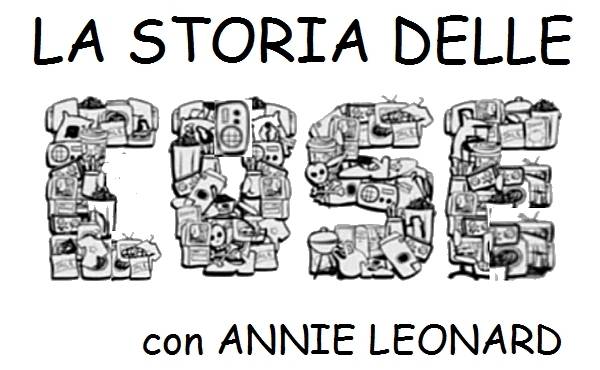Perche' ? (2014)
Sono un utente di internet con circa 30 anni di esperienza nella progettazione di sistemi elettronici. Da circa 20 anni lavoro
nel settore televisivo che, da 10 anni a questa parte, vede ogni giorno Internet e la diffusione su web sempre piu' importante.
Ma non solo internet e' importante nel settore audiovisivo: anche l'audiovisivo e' sempre piu' importante per Internet. Ci sono molte idee al riguardo ma molto ben confuse.
Oggigiorno se un sito non ha qualche cosa che si muove non vale niente: anche istituzioni come le banche includono inserti video
che mostrano pero' solo utenti contenti, e - salvo provvidenziali skip - allungano i tempi di caricamento...
Pur non essendo un softwarista (a mio avviso e' opportuno che ognuno faccia il suo lavoro e che lo sappia far bene),
ho deciso di fare alcuni esperimenti di streaming, che sara' a mio avviso (e di qualche altro centinaio di milioni di persone) il futuro della televisione:
come posso chiedere qualcosa a qualcuno se non ho nemmeno la piu' pallida idea di come si possa fare?
Prime prove
Ho fatto le prime prove grazie al webspace di Tiscali e dall'indirizzo pubblico del mio studio.
Erano prove minimali, incentrate sulla visualizzazione del video entro pagine web e consistevano nel mio primo esperimento di streaming dal mio studio su rete geografica.
In ogni caso Tiscali ha ritenuto opportuno cancellare quelle pagine.
Ti ricordo che non sono un programmatore. Per me Java e' principalmente un grande isola indonesiana, quindi
queste pagine sono scritte esclusivamente in html base con un editor testuale.
E fa una certa differenza: se non ti fosse mai capitato di notarlo, il file hallo world scritto
con con Microsoft Word , e' un file di almeno 4,4 KB, mentre se lo si scrive
in html con un editor testuale come Notepad e' di 138 byte, circa 1/30, il 3%.
Si, e' vero, oramai lo spazio si misura a Gigabyte, e 4K non si negano a nessuno,
ma se si hanno solo 10 MB di spazio web (come il webspace di default di Tiscali), la differenza c'e': ogni Byte puo essere importante.
Le prove di streaming che potevo fare dal mio studio erano piuttosto povere, poco piu' che dimostrazioni concettuali,
visto che per la qualita' dei cavi nella zona, la connessione ADSL aveva circa 8 Mbps in download e 500 Kbps in upload
.
Dallo studio riuscivo infatti al piu' ad erogare un video in formato CIF compresso in h264 (mediamente sui 250 Kbps, i 500 Kbps sono
"best effort"). In ogni caso, attraverso le connessioni di altri provider, che forniscono all'utenza consumer dell'SDSL (simmetrico),
utilizzando le stesse chiamate sono riuscito a erogare bande molto piu' elevate. Oltre ad effettuare tali prove a partire da CED connesse a bande maggiori,
una possibilita' e' quella di usare delle connessioni HSDPA che forniscono - a volte - uno o piu' Mbps di upload.
Devo inoltre aggiungere che quello stream e' erogato da un vecchio Pentium 3 a 400 MHz che gia' non ce la faceva piu'.
Ed infatti l'ho messo in soffitta, preferendogli il cloud, ma la scarsa banda di upload della utenza consumer e' veramente uno scandalo.
Lo scopo che mi ero prefisso era quello di dimostrarmi che chiunque puo' trasmettere un segnale video dal vivo e in diretta
a tutto il mondo a costi abbordabili, e penso di averlo dimostrato.
Per erogare lo stream ho scelto di utilizzare VLC, oltre che per il suo essere open source, perche' permette di realizzare l'analogo di
una trasmissione broadcast: viene erogato un solo stream, mentre sono unicast solo gli scambi di informazione relativi ai pacchetti
ripetuti e alle richieste di ripetizione relative.
Alla scoperta del cloud
Ma il mio studio - come tutte le case in Italia - puo' subire interruzioni di corrente,
non ho un gruppo di continuita', il vecchio Pentium III puo dare forfait, ed anche se ho potuto provare che l'ADSL di Tiscali
e' incomparabilmente migliore di quello di Alice, la mia connessione puo' essere giu'. Quindi puo' accadere che lo stream non
ci sia, e la Igino Manfre' Broadcasting non prevede cartelli ci scusiamo per la interruzione momentanea delle trasmissioni
Si parla molto di cloud: anziche' acquistare un server e procurarsi una connessione con un effettivo upload a larga banda
(con costi insostenibili per qualsiasi individuo), meglio rivolgersi a queste server farm condivise che permettono a chiunque di affittare
potenza di calcolo utilizzando macchine virtuali e permettendo anche a me di effettuare
esperimenti come quelli che sto conducendo io: il mio core xeon con 4 GB di RAM, Windows 2008-R2 server su 40 GB di disco
e' collegato al resto del mondo con una presa da 1 Gbps, circa 2000 volte piu' veloce di quella del mio studio. A 38 euro al mese.
Tutto virtuale? E per me cosa cambia?
Con il desktop remoto lo posso raggiungere da un qualsiasi pc connesso in rete (anche con tutte le versioni home di windows,
dove mstsc.exe c'e' ma deve essere cercato in c:\windows\system32), ed e' come se fossi li'. E' sempre su e, facendo parte di un ced di
grandi dimensioni ed elevate prestazioni, non ha problemi di alimentazione.
Si, d'accordo, quanta gente vuoi che sia andata a consultare il mio spazio web su tiscali (ora comunque spianato dall'operatore per sua iniziativa)
il mio account di wordpress, o sia interessata alla trasmissione in loop de la storia delle cose?
Non molta, ma la banda di erogazione e' importante: sfido chiunque ad avere a costi abbordabili per un qualsiasi umano una connessione
qualche centinaio di Mbps simmetrico. Si, d'accordo, il mio Gbps e' teorico, e tutto dipende dal carico di rete di Aruba,
ma penso che la cosa si possa migliorare in fase di acquisto.
Si, trasferire un file da 500 MB puo' impiegare mezza giornata, ma e' una cosa da farsi saltuariamente, e qualora divenisse frequente significa
che probabilmente e' giunta l'ora di cambiare le caratteristiche della mia connessione ad Internet.
I filmati utilizzati
Il video utilizzato e' la collezione di cinque cortometraggi realizzati dal gruppo statunitense"progetto la storia delle cose"
doppiati in italiano da Alice di Palermo.
Il Progetto favorisce la circolazione dei filmati prodotti (tutti in Creative Commons).
I filmati che ho usato (doppiati in italiano) possono essere scaricati attraverso una apposita pagina (ma sono file molto grandi).
Sul web sono comunque reperibili in molte altre lingue. Basta cercare.
I filmati originali (in inglese) sono accessibili su youtube (dove la storia delle cose ha un suo "canale"):
La storia delle cose (primo video realizzato)
La storia dell'acqua in bottiglia
La storia dei cosmetici
La storia dell'elettronica
La storia del cap and trade (il commercio dei diritti ad inquinare)
cui si aggiungono questi che non ho ancora trovato in italiano:
La storia dei cittadini uniti contro la FEC (Commissione Elettorale Federale, sottotitoli in inglese)
La storia del fallimento (la minaccia di fallimento USA del 2011, con sottotitoli in italiano)
La storia del cambiamento
Tutto e' cominciato con un credito di 25 euro che Aruba concede per provare ad usare il suo cloud: l'appetito vien mangiando.
Igino Manfre'
indietro

.jpg)



